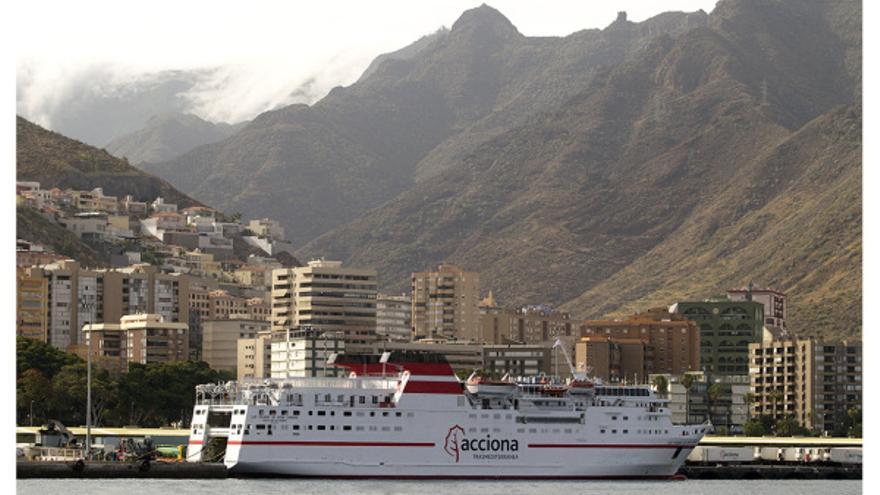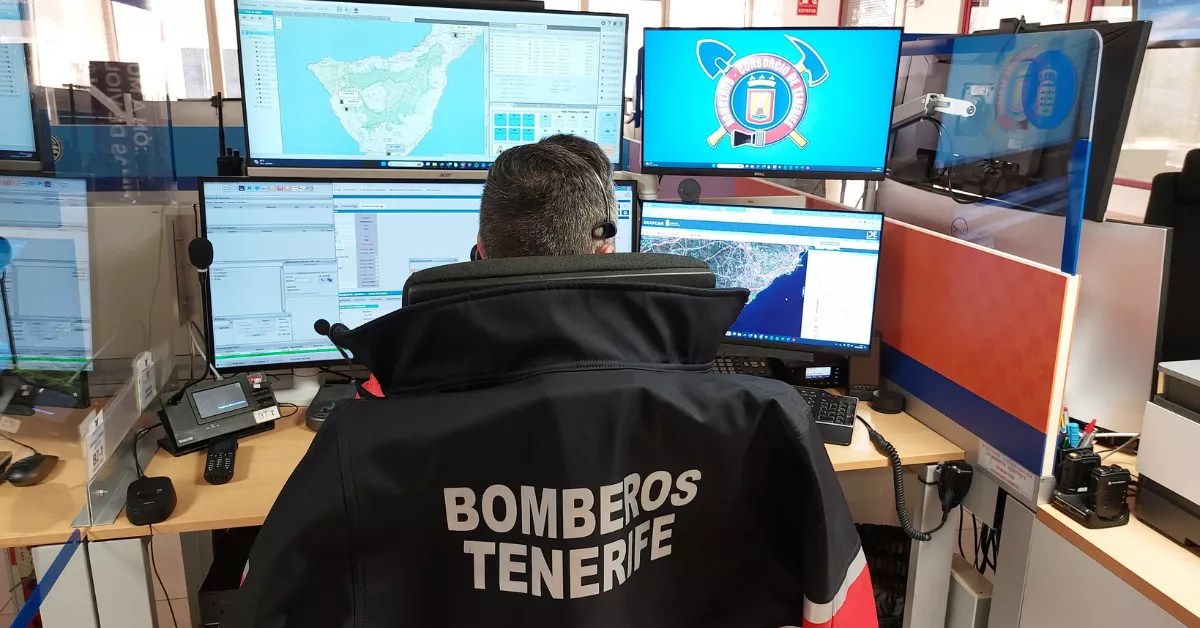
The Armas Trasmediterránea group, which is currently undergoing a restructuring plan due to its massive debt, continues to divest assets to clean up the shipping company.
Now it’s the turn of the ship Las Palmas de Gran Canaria, one of the historic ferries of Trasmediterránea, a company that commissioned it in the nineties to transport passengers, cars, and goods in the Canary Islands, especially between Santa Cruz de Tenerife and the capital of Gran Canaria, a route in which it debuted in May 1993, according to the ship’s history published by the company.
The Armas Group has reached an agreement with the Italian shipping company Caronte & Tourist to sell them the ferry. The deal, ranging between 10 and 15 million euros, has been confirmed to the digital platform Shipping Italy by the buyer. The company will use it to cover the routes from Sicily to its smaller islands.
Strategic plan of the 90s
At the beginning of the 1990s, Trasmediterránea, then state-owned with Luis Delso as president, approved a strategic plan of “64,000 million pesetas” that included the construction of two “ro-pax” ships at the Unión Naval de Levante shipyards, among other units. Both were specifically designed for inter-island traffic in the Canary Islands, with the aim of replacing the Ciudad de La Laguna and the Villa de Agaete, from the Delfín series. From that order, the tritons Las Palmas de Gran Canaria and Santa Cruz de Tenerife were born.
Trasmediterránea was privatized in 2002, and three years later was acquired by Acciona, which eventually sold the company to Armas in 2019. From that acquisition stem the debts that the Canarian origin shipping company carries, which has lost the majority of its island shareholders and is now in the hands of its creditors, with several legal disputes related to the majority-approved adjustment plan.
The ship was created in 1993 for inter-island traffic by order of Trasmediterránea
Amidst these circumstances comes the sale of the ferry Las Palmas de Gran Canaria, one of its most veteran units and, therefore, less profitable towards the cleansing and a possible later sale of the company. Its twin brother, the Santa Cruz de Tenerife, was sold in 2012 by Acciona and, currently, after various changes of owners and names, sails in Indonesia.
Another survivor
Thanks to that Strategic Plan of the nineties, the now-disappeared Japanese jet-foil ships were also born, and above all, the legendary Juan J. Sister, a ferry built in Finland that is still active and that revolutionized the connection between Cádiz and the Canary Islands with its great cargo capacity, among other services and amenities for passengers.
This greater maneuverability in the cargo area or the spaciousness of its cabins and common areas was anticipated by the ferry Las Palmas de Gran Canaria, which now exchanges the Canary Islands for Sicily and made its debut on May 5, 1993. Its first stop, coming from the capital of Gran Canaria and the Valencian shipyards, was Santa Cruz de Tenerife, then continuing to the ports of La Estaca (El Hierro), Santa Cruz de La Palma, Puerto del Rosario (Fuerteventura), and Arrecife (Lanzarote).
The ‘Santa Cruz de Tenerife’, its promotional sibling, was sold in 2012 and now operates in Indonesia
It was not only dedicated to the roll-on/roll-off and passenger traffic in the Canary archipelago. Also, in 1996, it served as a cargo vessel from Cádiz to the Canary Islands, being assigned in 1999 to cover the route between Barcelona and Palma de Mallorca. A year later, in 2000, it was sent to cover the routes of the Strait, in particular the connections from Algeciras to Tangier and Ceuta. In 2011, it returned to the Canary routes, although in recent years it has returned to North Africa. It has been, in essence, the versatile ship of Trasmediterránea, Acciona, and Armas, a wildcard of three decks, 116 meters in length, and capacity for 1,120 passengers thanks to successive expansion renovations.
















